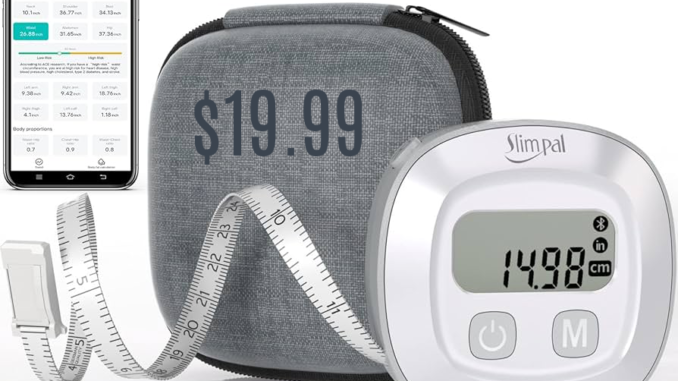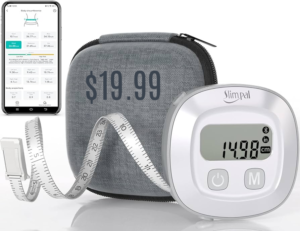
Exploring the Top 5 Body Composition Tools for Precision Health Assessment”
In the pursuit of optimal health and fitness, understanding one’s body composition is a crucial aspect. Body composition analysis goes beyond traditional weight measurements, providing insights into the distribution of lean mass and fat mass. Advances in technology have brought forth a variety of tools designed to assess body composition accurately. Whether you’re an athlete fine-tuning performance or an individual on a wellness journey, choosing the right body composition tool is essential for informed decision-making.
In this article, we delve into the world of body composition assessment, exploring the top 5 tools widely recognized for their precision and reliability. From medical-grade techniques used in clinical settings to portable devices tailored for home use, each tool offers a unique approach to decoding the intricacies of the human body. Join us on a journey through Dual-Energy X-ray Absorptiometry (DEXA), Bioelectrical Impedance Analysis (BIA), Skinfold Calipers, Air Displacement Plethysmography (Bod Pod), and Infrared Interactance as we unravel the science behind these instruments and their applications in promoting a healthier, more informed lifestyle.
here are five body composition tools commonly used for assessing and monitoring body composition:

$19.99
- Dual-Energy X-ray Absorptiometry (DEXA):
- DEXA is a medical imaging technique that measures bone density, lean mass, and fat mass.
- It provides highly accurate results and is often used in clinical settings and research.
- Bioelectrical Impedance Analysis (BIA):
- BIA measures the impedance (resistance) of electrical flow through the body to estimate body composition.
- It is commonly used in scales and handheld devices for home use but may have variations in accuracy.
- Skinfold Calipers:
- Skinfold calipers are used to measure the thickness of skinfolds at various body sites.
- These measurements are then used to estimate body fat percentage. Skinfold calipers are portable and affordable.
- Air Displacement Plethysmography (Bod Pod):
- The Bod Pod measures body volume by assessing the amount of air displaced when a person sits in an enclosed chamber.
- From body volume, body density and composition can be calculated.
- Infrared Interactance:
- This method uses infrared light to estimate body fat by measuring how it interacts with different tissues.
- It is non-invasive and can be used for quick assessments, but it may have limitations in accuracy.
Remember that the choice of a body composition tool depends on factors such as accuracy, cost, accessibility, and intended use. It’s always advisable to consult with healthcare professionals or fitness experts when interpreting results obtained from these tools. Additionally, check for any updates or new developments in body composition assessment tools since my last knowledge update in January 2022.


Be the first to comment